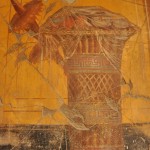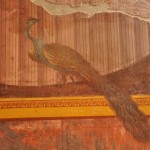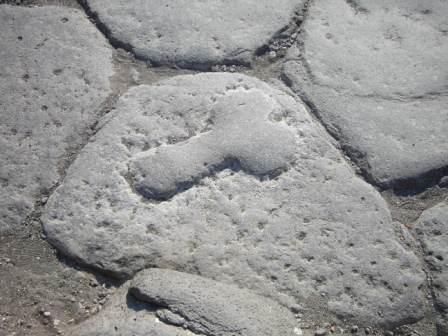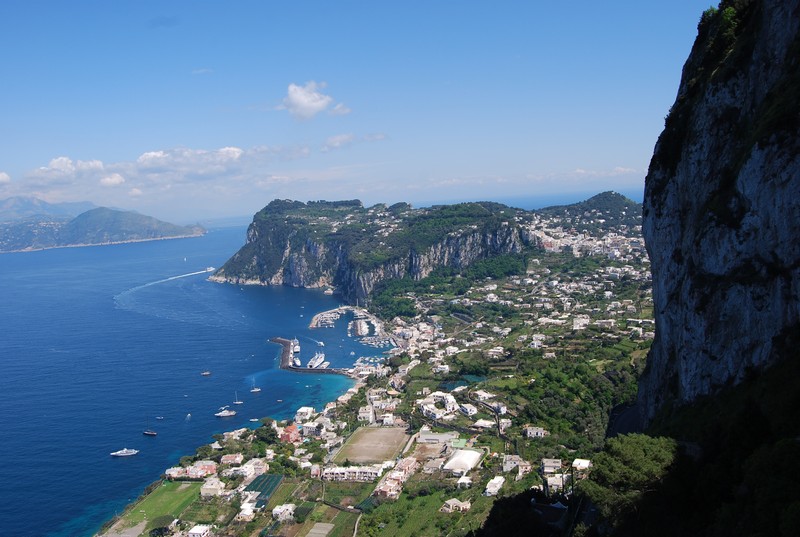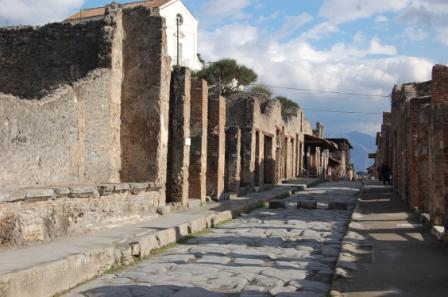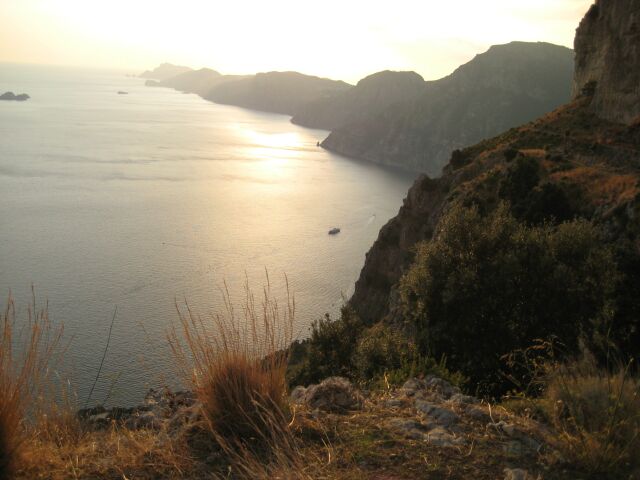Herculaneum and Oplontis
Although not as famous as Pompeii, both of these archaeological sites will fully immerse you in ancient Roman history and you won’t be bothered by countless tourists when you get there.
Herculaneum and Oplontis suffered the same fate as Pompeii during the eruption of Mt Vesuvius in 79 AD.
Herculaneum was covered by volcanic, pyroclastic flows, the layers of which were deep enough to conserve the upper storeys of the buildings while the superheated volcanic streams carbonised and preserved organic materials such as wood, cloth, papyri and food.
The town of Oplontis (now known as Torre Annunziata), after being covered in ash, lapilli and mud in 79 AD, was first explored in the 19th-20th century.
Villa Oplontis was a suburban, residential villa believed to have been used by Nero’s second wife, Poppaea Sabina.
It is a typical example of an “otium” villa built near the coast.
It consists of porches, gardens, residential rooms, thermal baths and a swimming pool.
The frescoes at Oplontis are magnificent: the walls are richly decorated with scenes showing architecture, landscapes and still-lifes.
In an eclectic, walled garden you will see splendid trompe l’oeil frescoes depicting plants and birds.





